Introduction
Turkey Tail mushrooms (Trametes versicolor) have gained significant attention in the natural health community for their impressive medicinal properties. With their distinctive fan-shaped appearance and colorful, concentric rings resembling a wild turkey's tail, these fungi are among the most recognizable in forests worldwide. As interest in foraging and medicinal mushrooms continues to grow, many people are asking an important question: are Turkey Tail mushrooms edible?
In this comprehensive guide, we'll explore the edibility of Turkey Tail mushrooms, how to properly identify them, safe preparation methods, their nutritional profile, and the potential benefits of incorporating them into your diet. Whether you're an experienced forager or simply curious about these fascinating fungi, this article will provide you with evidence-based information to help you make informed decisions about consuming Turkey Tail mushrooms.
Turkey Tail Mushrooms: Basic Identification
What Are Turkey Tail Mushrooms?
Turkey Tail mushrooms (Trametes versicolor) are common polypore fungi found throughout forests across North America, Europe, and Asia. They belong to the family Polyporaceae and are characterized by:
- Fan or bracket-shaped fruiting bodies
- Thin, leathery texture
- Multiple colorful zones or bands (typically browns, grays, blues, and whites)
- Tiny pores on the underside rather than gills
- Growth on dead or decaying hardwood logs and stumps
Their scientific name, Trametes versicolor, refers to their variable coloration, while their common name references their resemblance to a wild turkey's tail feathers. These mushrooms play an important ecological role as decomposers, breaking down dead wood and returning nutrients to the forest ecosystem.
Distinguishing Turkey Tail from Look-Alikes
When considering edibility, proper identification is crucial. Several mushrooms resemble Turkey Tail but may not have the same safety profile:
- False Turkey Tail (Stereum ostrea): Similar appearance but has a smooth underside without pores
- Violet-toothed Polypore (Trichaptum biforme): Has purple edges and a maze-like pore surface
- Multicolor Gill Polypore (Lenzites betulina): Has gill-like structures on its underside instead of pores
True Turkey Tail mushrooms have these distinguishing features:
- Thin, flexible brackets (2-3mm thick)
- Velvety top surface with concentric zones of different colors
- White to cream-colored pore surface with 3-8 pores per millimeter
- No thick, dark layer between the colored top and the pore surface when cut in half
The Edibility Question
Are Turkey Tail Mushrooms Truly Edible?
The short answer is yes, Turkey Tail mushrooms are technically edible, but with important qualifications. Unlike culinary mushrooms such as shiitake or button mushrooms, Turkey Tails are not typically consumed as a food item in the traditional sense. Their edibility is better understood in terms of their medicinal properties rather than their culinary value.
The challenges with eating Turkey Tail mushrooms include:
- Tough texture: They have a leathery, woody consistency that doesn't soften much with cooking
- Mild flavor: They lack the rich umami flavor of culinary mushrooms
- Digestibility: Their chitin-rich cell walls make them difficult for humans to digest and extract nutrients from directly
For these reasons, while Turkey Tail mushrooms are non-toxic and safe to consume, they are rarely featured in recipes as a main ingredient. Instead, they are most commonly prepared as teas, broths, or extracts to access their beneficial compounds.
Traditional Uses as Food
Despite not being prized for their culinary properties in modern cuisine, Turkey Tail mushrooms have a history of use in traditional diets:
- In traditional Chinese cuisine, they were occasionally added to soups and broths
- Some Native American tribes used Turkey Tail in stews as both food and medicine
- In Japanese culture, they were simmered to make medicinal broths
These traditional uses typically involved long cooking times to extract beneficial compounds and soften the tough texture.

Nutritional Profile and Bioactive Compounds
Nutritional Value
Turkey Tail mushrooms contain various nutrients, although their tough chitin structure makes direct nutritional absorption challenging. Their nutritional components include:
- Protein: Contains all essential amino acids
- Fiber: High in dietary fiber, particularly beta-glucans
- Vitamins: Contains B vitamins and vitamin D (when exposed to sunlight)
- Minerals: Includes potassium, phosphorus, and selenium
- Low calorie: Very few calories per serving
Medicinal Compounds
The true value of Turkey Tail mushrooms lies in their bioactive compounds, which include:
- Polysaccharide-K (PSK): An immune-modulating compound that has been extensively studied
- Polysaccharide Peptide (PSP): Another important immunomodulatory compound
- Beta-glucans: Complex sugars that support immune function
- Triterpenes: Compounds with various biological activities
- Phenolic compounds: Including quercetin and baicalein with antioxidant properties
These compounds are more effectively extracted through water or alcohol extraction methods rather than simple cooking, which is why Turkey Tail is more commonly consumed as a tea, tincture, or extract.
Safe Consumption Methods
Preparation Techniques
If you're interested in consuming Turkey Tail mushrooms, here are the most common and effective preparation methods:
Turkey Tail Tea or Decoction
This is the most traditional and accessible way to consume Turkey Tail:
- Clean and dry the mushrooms thoroughly
- Break them into small pieces
- Simmer 3-4 grams of mushroom pieces in 2 cups of water for 30-60 minutes
- Strain and consume the liquid
- Optionally add honey or other flavors to improve taste
Dual Extraction Tincture
To access both water-soluble and alcohol-soluble compounds:
- Soak cleaned, dried, and chopped mushrooms in high-proof alcohol (40-50% ABV) for 4-6 weeks
- Strain the alcohol and set aside
- Simmer the same mushrooms in water for 2 hours
- Strain the water decoction and combine with the alcohol extract
- Take in small amounts (1-2 droppers) daily
Powdered Form
Dried Turkey Tail can be ground into a powder and:
- Added to smoothies
- Mixed into soups or broths
- Encapsulated for convenient consumption
- Incorporated into energy balls or other recipes
Proper Dosage Guidelines
When consuming Turkey Tail mushrooms, consider these general guidelines:
- Tea/decoction: 1-2 cups daily
- Powder: 1-2 teaspoons (2-4 grams) daily
- Tincture: 30-60 drops, 1-3 times daily
- Capsules: Follow manufacturer's recommendations, typically 500-2000 mg daily
Start with lower amounts and gradually increase as your body adjusts. The appropriate amount may vary based on individual factors and health goals.
Safety Considerations
While Turkey Tail mushrooms are generally considered safe for most people, keep these precautions in mind:
- Wild harvesting: Only harvest if you are 100% confident in your identification skills
- Sourcing: Purchase from reputable suppliers who test for contaminants
- Allergies: Some individuals may have allergic reactions to mushrooms
- Medication interactions: May potentially interact with immunosuppressants or blood thinners
- Pre-existing conditions: Consult a healthcare provider before use if you have existing health conditions
Potential Health Benefits
Research-Backed Benefits
While not primarily consumed as a food, Turkey Tail mushrooms have been extensively studied for their potential health benefits:
Immune System Support
Research has shown that the PSK and PSP compounds in Turkey Tail may:
- Activate various immune cells including macrophages and T cells
- Support the body's natural defense mechanisms
- Help maintain immune balance
Gut Health Support
Turkey Tail mushrooms may benefit gut health through:
- Prebiotic effects that support beneficial gut bacteria
- Promotion of a diverse microbiome
- Support for gut barrier function
Antioxidant Properties
Studies have demonstrated that Turkey Tail contains powerful antioxidants that:
- Help neutralize free radicals
- Protect against oxidative stress
- Support cellular health
Ongoing Research Areas
Scientists continue to investigate Turkey Tail mushrooms for potential applications in:
- Supporting liver health
- Maintaining healthy cellular function
- Promoting respiratory health
- Supporting healthy aging
Culinary Applications
Creative Ways to Incorporate Turkey Tail
While not ideal as a main ingredient due to their tough texture, there are creative ways to incorporate the benefits of Turkey Tail mushrooms into your culinary routine:
Mushroom Broths and Soups
- Add dried Turkey Tail pieces to bone broth during the long simmering process
- Create mushroom stock using Turkey Tail along with more flavorful culinary mushrooms
- Remove the Turkey Tail pieces before serving (they remain tough even after cooking)
Infused Beverages
- Turkey Tail tea can be used as a base for various healthy drinks
- Create mushroom hot chocolate by adding cacao to Turkey Tail tea
- Make mushroom coffee by adding Turkey Tail extract to your morning brew
Powdered Additions
The powdered form can be added to:
- Smoothies and protein shakes
- Energy balls or homemade bars
- Oatmeal or breakfast porridge
- Soups and stews for an immune boost
Flavor Enhancement Tips
Turkey Tail has a mild, slightly bitter taste that can be complemented with:
- Sweet spices like cinnamon, vanilla, or cardamom
- Savory herbs such as thyme, rosemary, or sage
- Umami enhancers like miso or tamari
- Natural sweeteners including honey or maple syrup
Harvesting and Storage Guidelines
Sustainable Foraging Practices
If you're interested in harvesting wild Turkey Tail mushrooms:
- Obtain proper permits if harvesting in national forests or parks
- Harvest no more than 1/3 of the mushrooms in any given area
- Cut the mushrooms rather than pulling them from the substrate
- Use a knife or scissors to harvest, leaving the base attached to the wood
- Avoid harvesting near polluted areas or roadsides
- Respect private property and protected areas
Proper Storage Methods
To preserve Turkey Tail mushrooms properly:
Drying
- Clean mushrooms gently with a soft brush
- Dry using a food dehydrator at 110-120°F (43-49°C) until completely crisp
- Alternatively, air dry in a well-ventilated area for several days
- Store dried mushrooms in airtight containers away from moisture and light
- Properly dried mushrooms can last for 1-2 years
Freezing
While not commonly used for Turkey Tail, you can freeze prepared teas or extracts:
- Prepare tea or extract as normal
- Cool completely
- Pour into ice cube trays
- Once frozen, transfer cubes to freezer bags or containers
- Use within 6 months for best quality
Common Questions About Turkey Tail Mushrooms
How Can I Be Sure I've Identified Turkey Tail Correctly?
Proper identification of Turkey Tail mushrooms involves checking these key features:
- Thin, flexible brackets (2-3mm thick)
- Velvety upper surface with concentric zones of different colors
- White to cream pore surface (not smooth or tooth-like)
- 3-8 pores per millimeter on the underside
- No thick dark layer between the colored top and pore surface when cut
When in doubt, consult with an experienced forager or mycologist, or use a reliable mushroom identification guide or app.
Can I Eat Turkey Tail Mushrooms Raw?
It is not recommended to eat Turkey Tail mushrooms raw for several reasons:
- Their tough, woody texture makes them nearly impossible to chew properly
- Raw mushrooms contain chitin, which is difficult for humans to digest
- The beneficial compounds are not readily bioavailable without proper extraction
- Some mushroom compounds are better absorbed after heat treatment
Always prepare Turkey Tail mushrooms using appropriate methods such as making tea, decoctions, or extracts.
Are There Any Side Effects to Consuming Turkey Tail?
While generally well-tolerated, some people may experience:
- Digestive discomfort, including gas or bloating, especially when first starting
- Allergic reactions (rare, but possible as with any mushroom)
- Dark colored stools (due to the natural pigments in the mushrooms)
- Interactions with certain medications
Start with small amounts and discontinue use if you experience adverse effects. Consult with a healthcare provider before use if you have existing health conditions or take medications.
What's the Difference Between Eating Turkey Tail and Taking Supplements?
The key differences include:
Whole Mushroom Consumption:
- Contains the full spectrum of compounds in their natural ratios
- Often requires lengthy preparation (tea, decoction)
- May have variable potency depending on growing conditions
- Generally lower concentration of active compounds
Standardized Supplements:
- Contain concentrated extracts with consistent potency
- More convenient for daily use
- May be standardized for specific compounds (PSK, beta-glucans)
- Often more expensive but require smaller amounts
Both approaches can be beneficial, and many people use a combination for optimal results.

Conclusion
Turkey Tail mushrooms occupy an interesting middle ground between food and medicine. While technically edible, their tough texture and mild flavor make them unsuitable as a traditional culinary ingredient. However, their impressive array of bioactive compounds makes them valuable when properly prepared as teas, extracts, or powders.
If you're interested in exploring the benefits of Turkey Tail mushrooms, consider starting with simple preparations like tea or commercially available extracts. Always ensure proper identification if foraging, or purchase from reputable suppliers to guarantee quality and safety.
As research continues to uncover the potential health benefits of these fascinating fungi, Turkey Tail mushrooms represent an exciting frontier in the intersection of food and medicine. Whether you're drawn to their ecological significance, their traditional uses, or their modern applications in health and wellness, Turkey Tail mushrooms offer a unique opportunity to connect with nature's pharmacy in a safe and beneficial way.
Remember that while Turkey Tail mushrooms can be a valuable addition to a health-conscious lifestyle, they are best viewed as a supplement rather than a primary food source. As with any natural product, they work best as part of a balanced approach to wellness that includes a varied diet, regular physical activity, and proper medical care when needed.

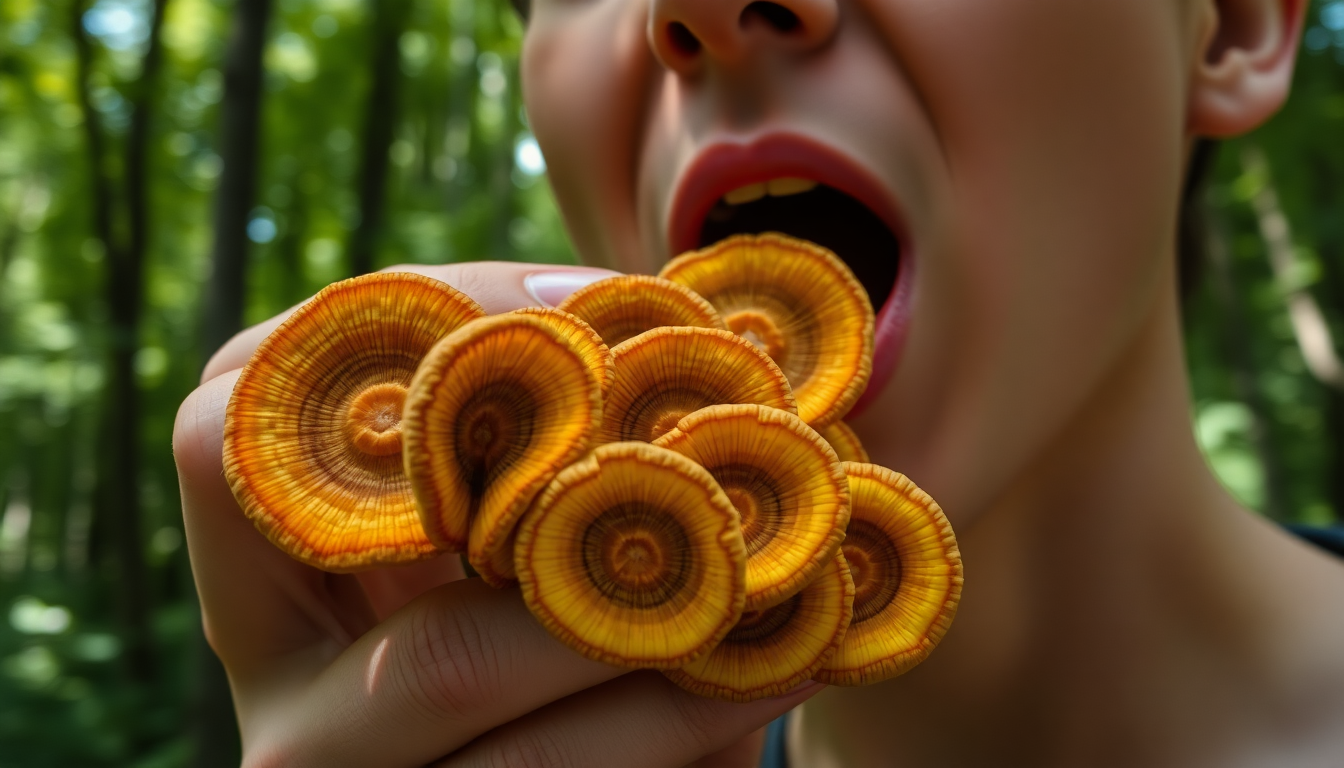
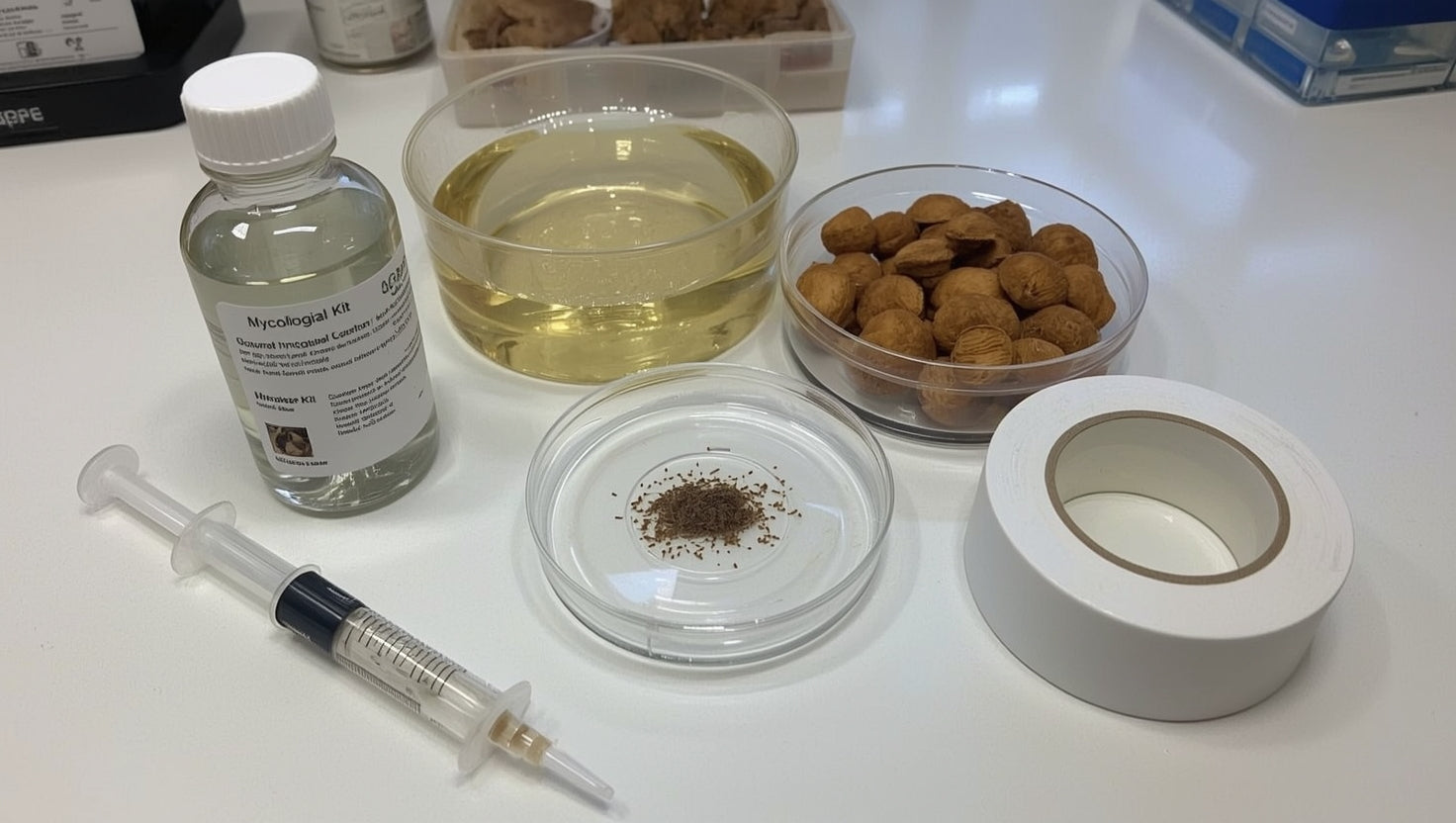
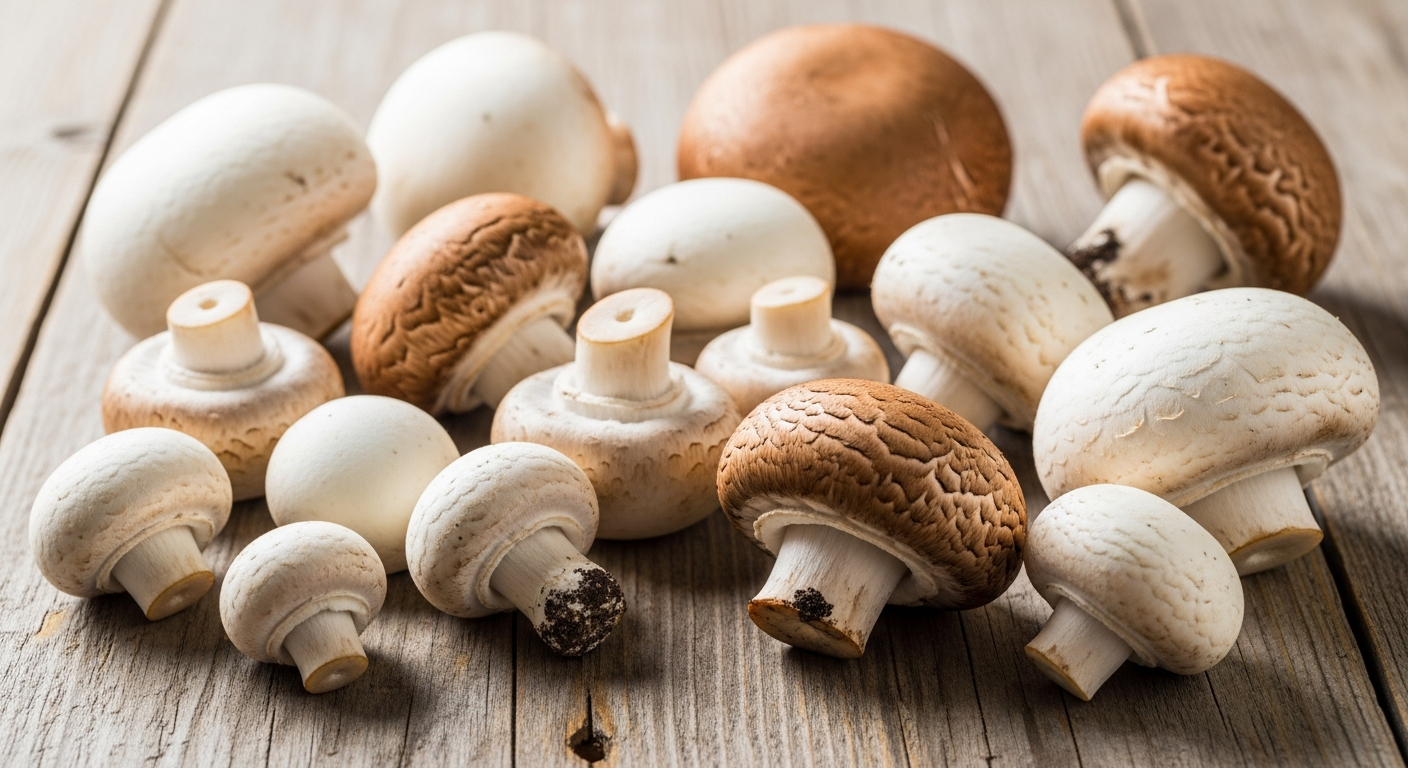
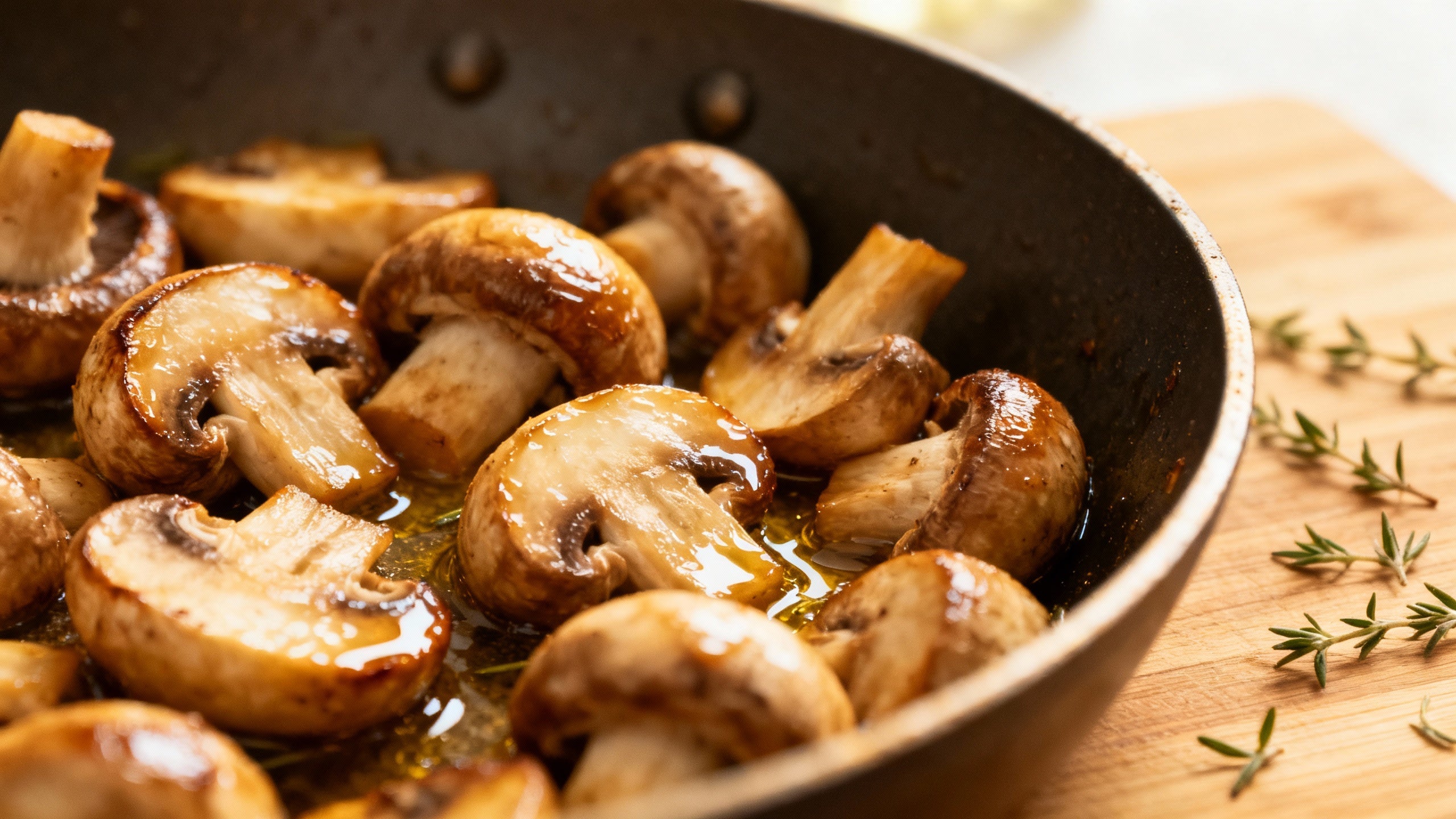
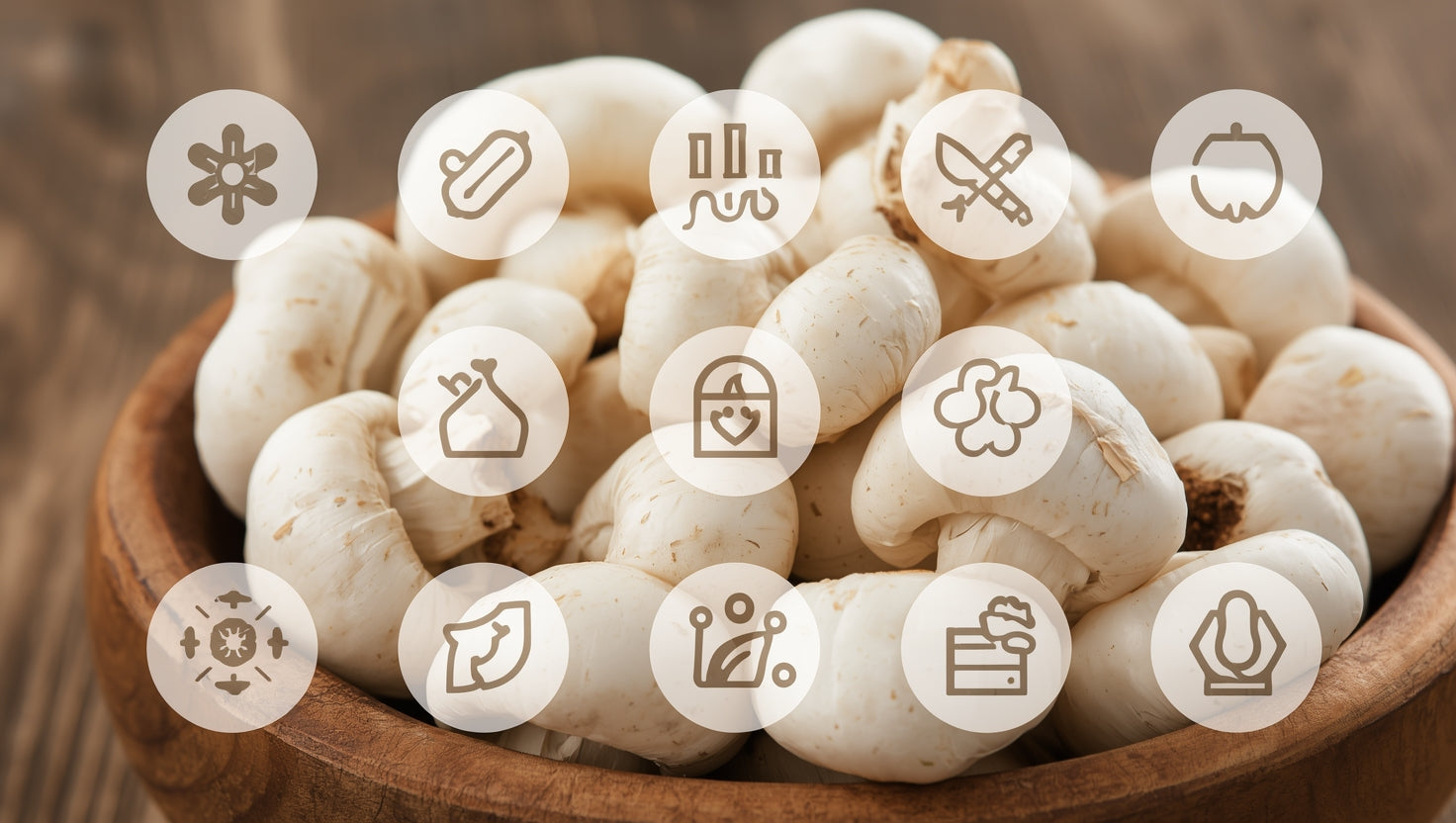
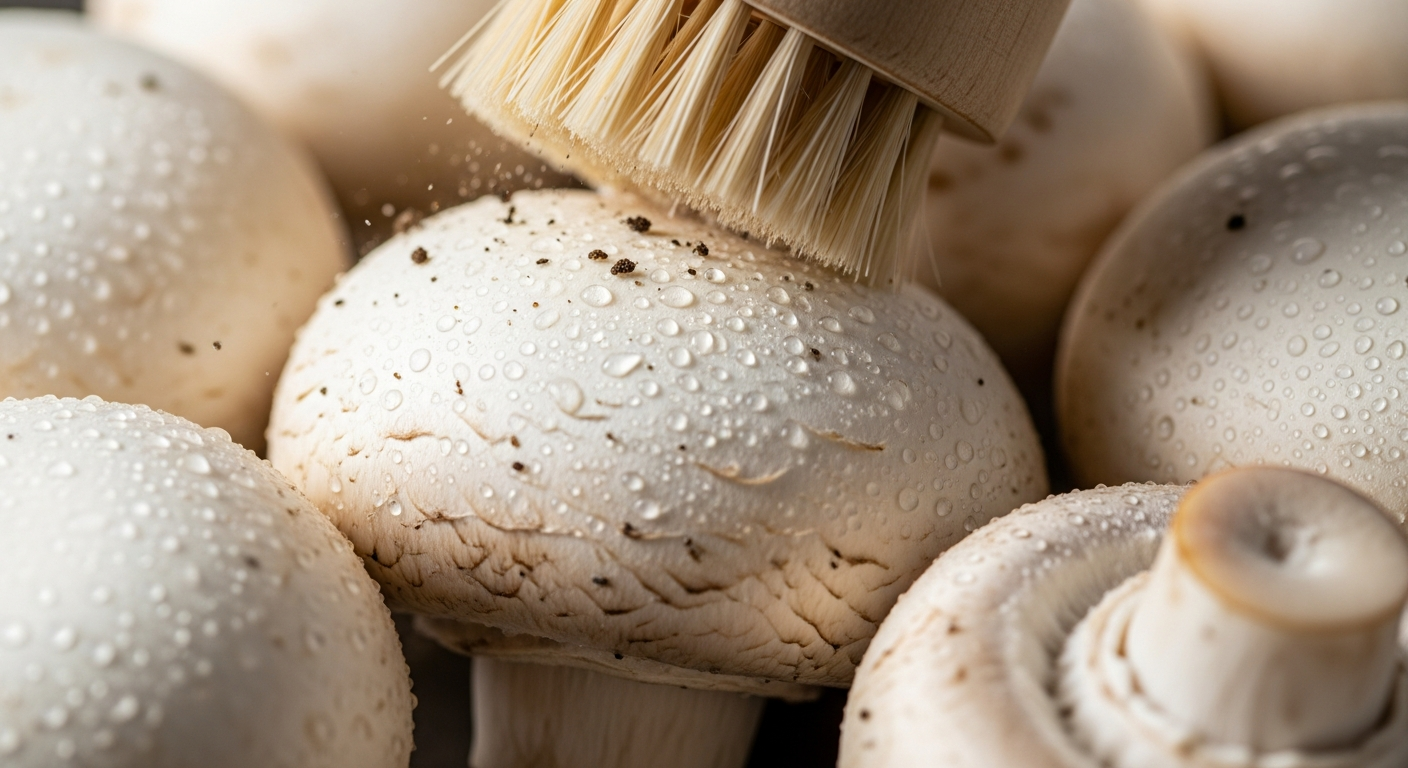
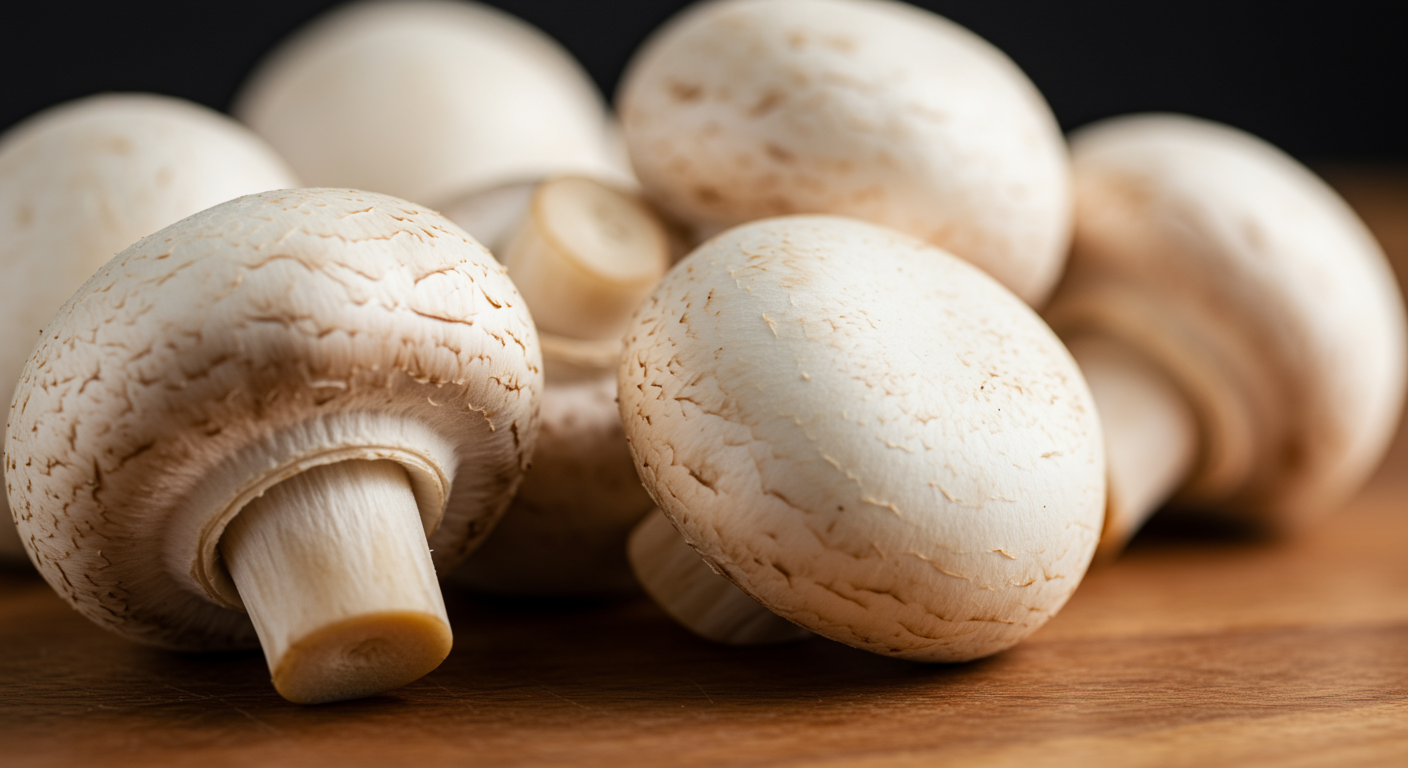

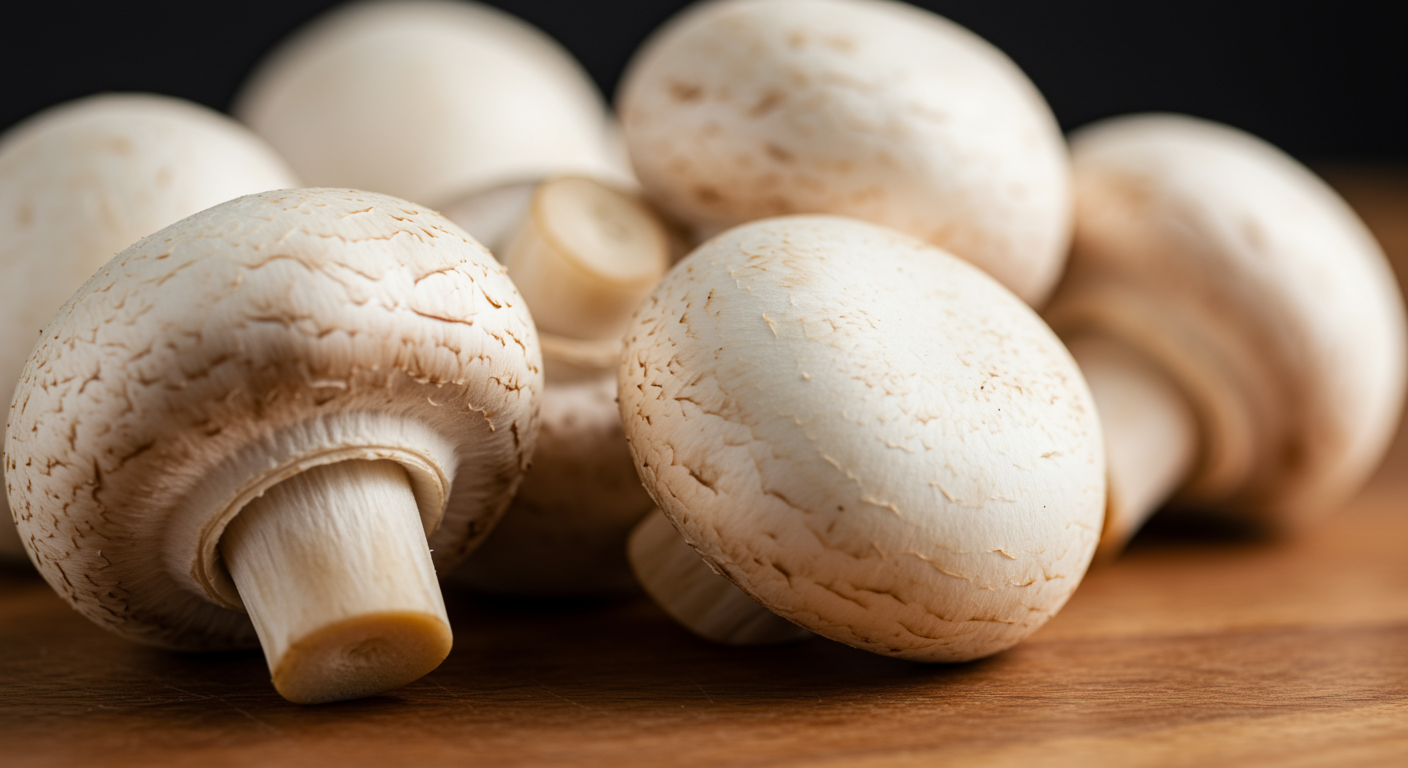
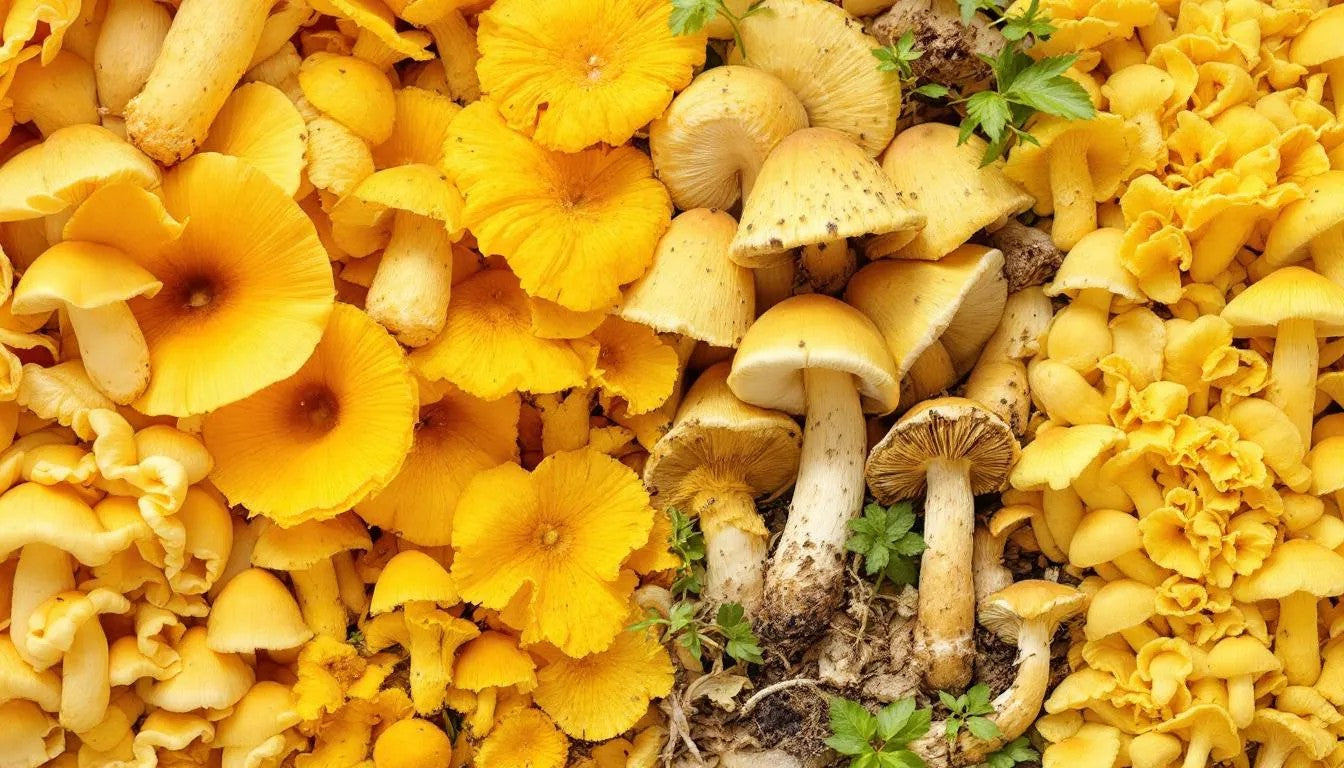

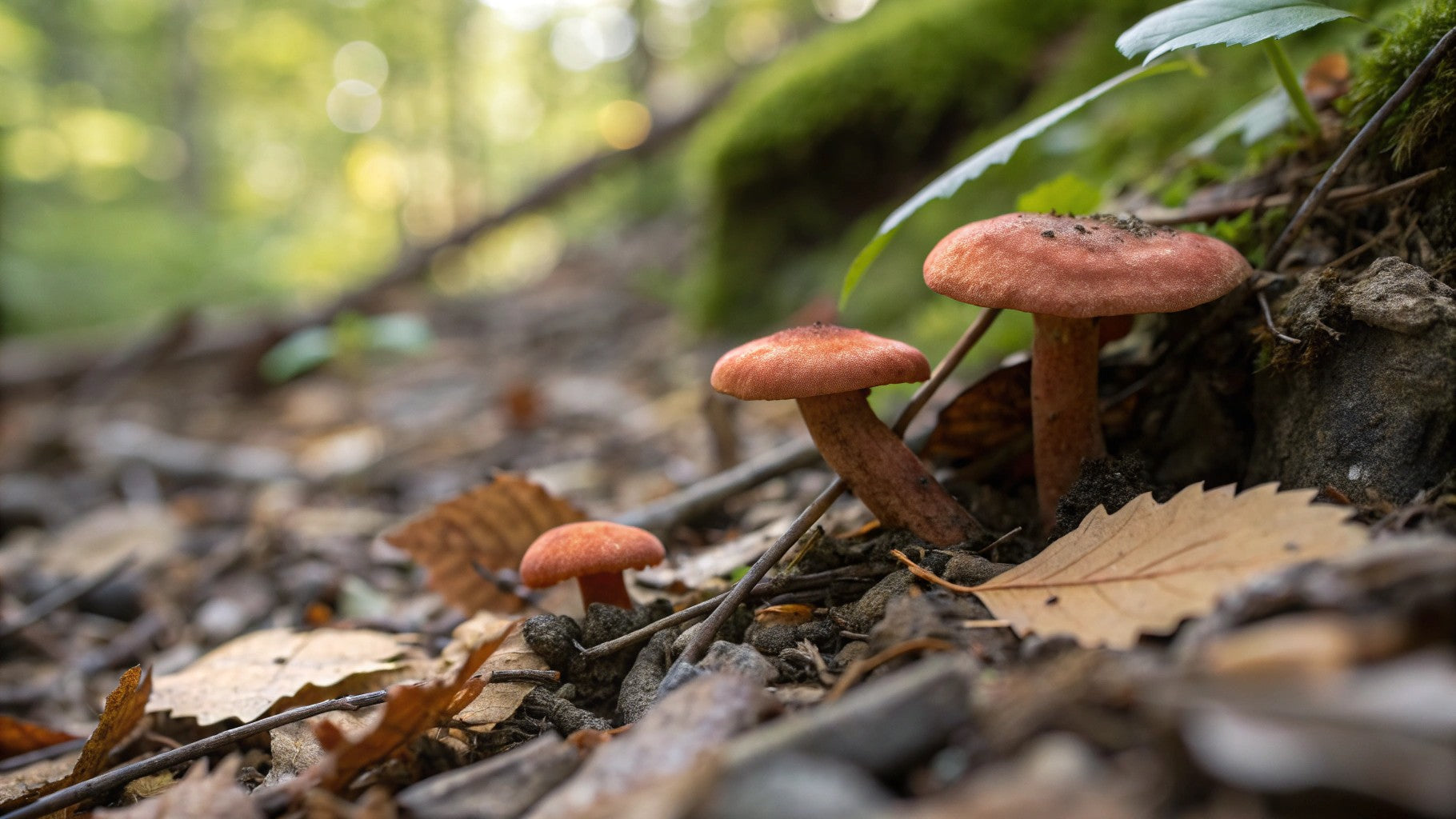
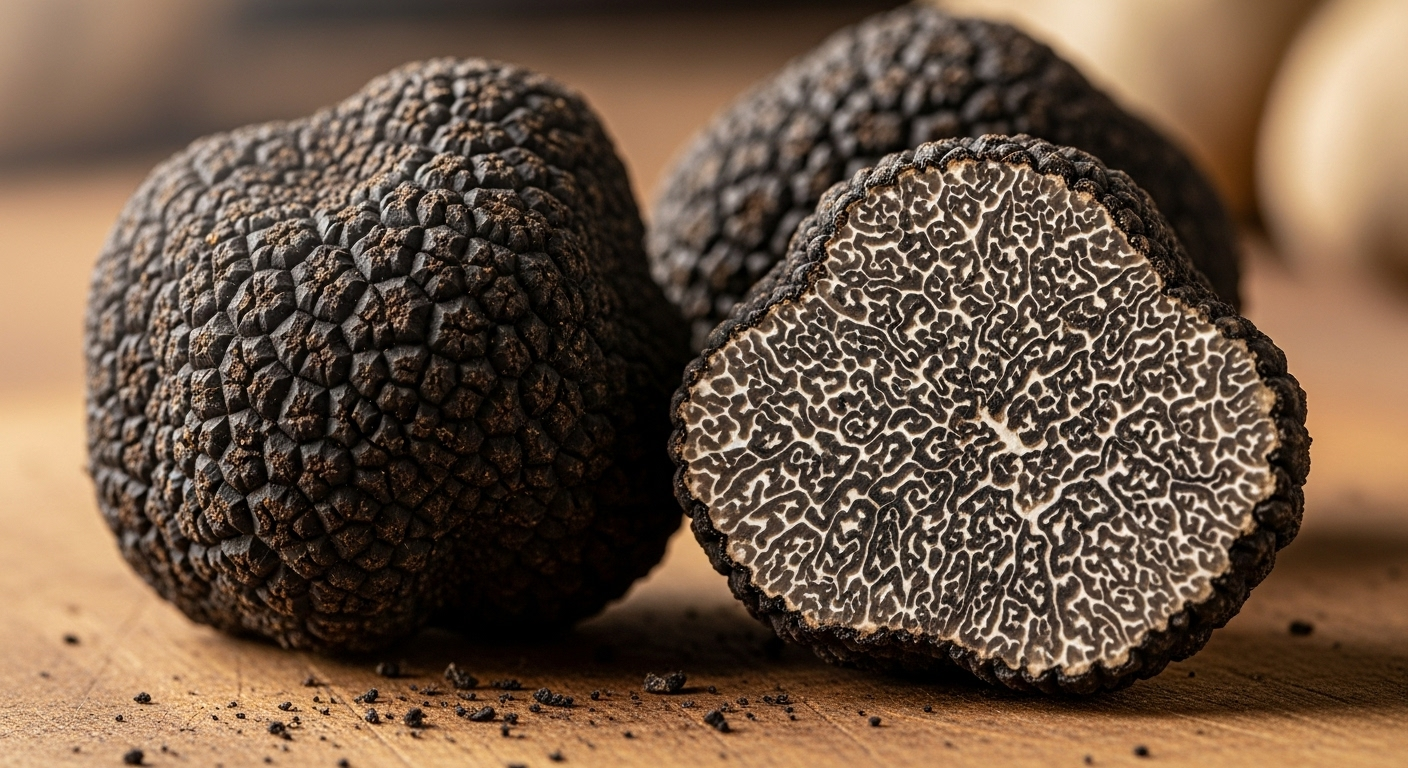
Share:
Turkey Tail Mushroom Benefits for Skin Revealed
Turkey Tail Mushroom & Estrogen: A Natural Connection